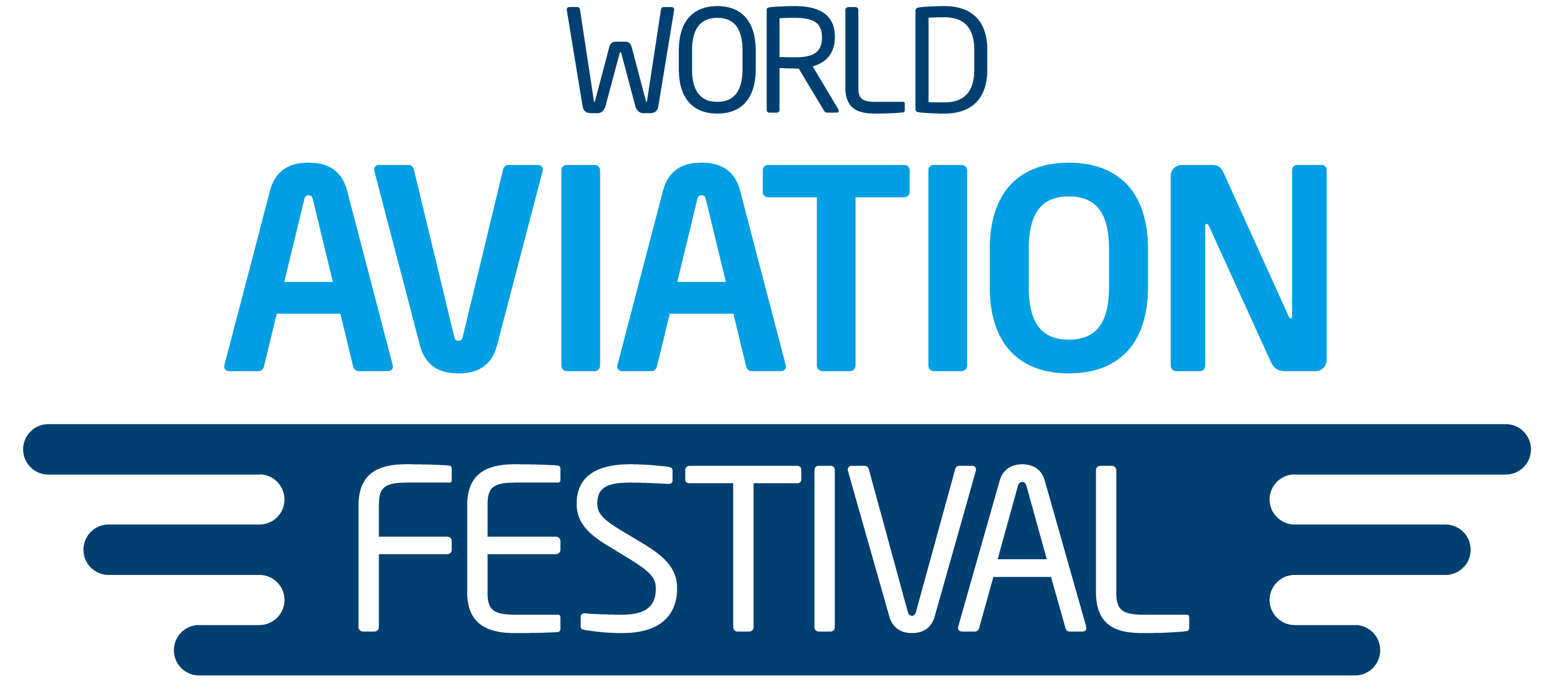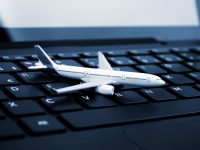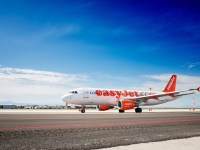After an unprecedented, prolonged closure of international borders, the skies are opening again, and airlines have reason to celebrate.
Delta Air Lines has announced an impressive 450% surge in international point-of-sale bookings in the six weeks since the announcement of the U.S. reopening to vaccinated international travellers, compared to the six weeks before the announcement. The airline expects many international flights to operate 100% full on Monday, November 8, and passenger volumes to remain high in the following weeks.
Delta will operate 139 flights from 55 international destinations in 38 countries landing in the U.S. on November 8, with a total capacity of over 25,000 seats.
Interestingly, the airline said it is seeing increased demand from leisure and business travellers for flights to New York, Atlanta, Los Angeles, Boston and Orlando.
“This is the start of a new era for travel and for many people around the world who have not been able to see loved ones for almost two years,” said Ed Bastian, Delta’s CEO. “While we have seen many countries reopen their borders to American visitors over the summer, our international customers have not been able to fly with us or visit the U.S. All of that changes now. We’re grateful to the U.S. government for lifting travel restrictions and are looking forward to reuniting families, friends and colleagues over the coming days and weeks.”
Delta’s partner Air France announced that it will operate up to 122 weekly flights to 11 destinations in the U.S. this winter and will gradually increase cape over the winter (between now and March 2022) to 90% of 2019.
Slowly but surely, aviation rises again
After this downtime, the industry needs something to look forward to, with IATA reporting only a moderate recovery in September.
- Total demand for air travel in September 2021 (measured in revenue passenger kilometres or RPKs) was down 53.4% compared to September 2019. This marked an uptick from August, when demand was 56.0% below August 2019 levels.
- Domestic markets were down 24.3% compared to September 2019, a significant improvement from August 2021, when traffic was down 32.6% versus two years ago. All markets showed improvement except for Japan and Russia, although the latter remained in solid growth territory compared to 2019.
- International passenger demand in September was 69.2% below September 2019, fractionally worse than the 68.7% decline recorded in August.
“September’s performance is a positive development, but recovery in international traffic remains stalled amid continuing border closures and quarantine mandates. The recent U.S. policy change to reopen travel from 33 markets for fully vaccinated foreigners from November 8 is a welcome, if long overdue, development. Along with recent re-openings in other key markets like Australia, Argentina, Thailand, and Singapore, this should give a boost to the large-scale restoration of the freedom to travel,” said Willie Walsh, IATA’s Director General. “Each reopening announcement seems to come with similar but different rules. We cannot let the recovery get bogged down in complication. The ICAO High Level Conference on COVID-19 agreed that harmonization should be a priority. The G20 declared a commitment to take action to support a recovery with seamless travel, sustainability, and digitalization. Now governments must put actions behind these words to realize simple and effective measures. People, jobs, businesses and economies are counting on real progress.”
However, OAG shines a light on possible complications ahead, with capacity cuts in China following further COVID-19 outbreaks and U.S. airlines struggling to keep up with the current demand due to a combination of bad weather and staff shortages.
As OAG’s John Grant writes, “Looking forward over the next few months we continue to see forward capacity being cut, 13 million seats have been dropped since last week through to the end of 2021 a higher rate than we have seen in recent weeks and airlines are clearly sharpening capacity into 2022 with cuts made for the first quarter of the year. December 2021 is currently standing at 379 million seats, which is 47% up on last year suggesting that we are certainly heading in the right direction, can we just get there quickly!”
Keep it classy
OAG also provides some interesting data on capacity by cabin class, which shows that Business Class capacity is keeping up with Economy Class. However, the traditional First Class cabin lags
behind.

Source: OAG
We should note that the definition of First Class and Business Class is a bit vague at this point. Except for the ultra-luxury suites offered by certain high-luxury airlines, such as Emirates, Etihad Airways and Singapore Airlines, the most significant product differentiation is between Economy and Business Class. Many airlines offer a product in Business Class today which outshines the First Class offering of not that long ago. This includes Delta, which offers its Delta One private suite in Business Class. Higher demand for Business Class reflects a market appetite for premium offers. That desire to travel in greater comfort will transfer further to the front of the plane, in time, where such cabins are available. This does not mean First Class is dead. It is only sleeping.
And let’s not forget Premium Economy.
Another interesting report by OAG’s Becca Rowland examines Delta’s decision to increase aircraft size on some domestic routes, catering to passenger demand for more room.
“Part of the rationale for this change has been the recognition that there is perhaps underserved market for premium economy flying among leisure travellers. Airline capacity, as reported through a mix of First, Business and Economy seating, doesn’t hint at a change in seating preference. The proportion of Delta’s economy seating was 89% in October 2019 and remains 89% today,” Rowland writes. “The most recent passenger data available from OAG, for August 2021, shows that the proportion of passengers travelling in Premium Economy is 11% while 3% use Full Economy. This compares to 13% and 3%, respectively, in August 2019. Of course, this could be considered better than expected performance given the strains on aviation and that Delta was flying 15% fewer seats this past August than two years previously.”
And just as many Business Class cabins today are the First Class cabins of yesteryear, today’s Premium Economy cabins often put previous Business Class cabins to shame. Call it what you will; cabin differentiation is welcome, particularly on longer routes.
Helping travellers re-discover travel
The first step, of course, is just to get people back on board and to address the new complexities of air travel, which will likely linger even as the COVID-19 recovery continues.
Delta is addressing this need with its Delta FlyReady tool and has also announced the upcoming launch of the Delta Discover Map, which will help passengers plan their journeys.
“In the months ahead, many of our customers will be travelling to the U.S. for the first time since before the pandemic – reuniting with family members, friends or colleagues and reclaiming the joy of travel,” said Rhonda Crawford S.V.P.—Global Distribution & Digital Strategy. “And though international travel looks a lot different these days, we’ve listened to customers to make updates that will give them more personalized and better access to the information they say is important – removing the guesswork from travel plans and making room for them to enjoy their journey.”





